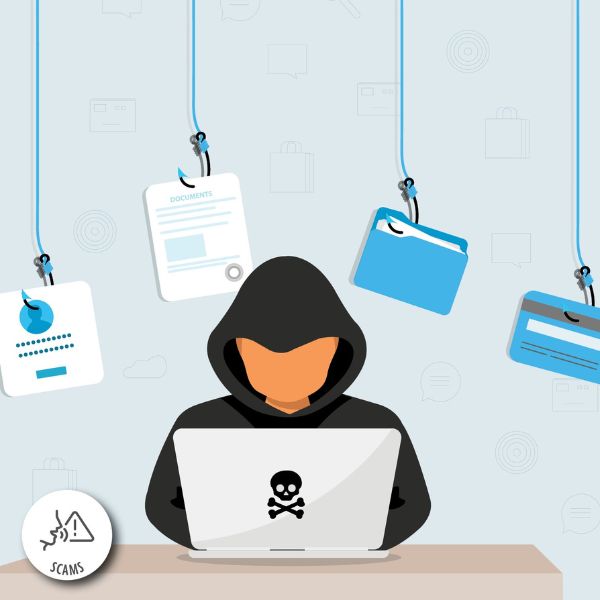Common Summer Scams and How to Avoid Them
Don’t get scammed this summer! Here are some of the most common summer scams and how to avoid them.
Travel scams
In these scams, fraudsters target vacationers with offers that are too good to be true. They’ll promote bogus travel sites with incredibly low prices on rentals, but when the victim travels to the alleged rental, they’ll find it doesn’t exist.
Red flags:
- “Free vacation” offers
- Ridiculously low-priced getaways
Stay safe: Only book your vacations through reputable travel sites and platforms. Before reserving, verify the property address online and run the photos through a reverse-image search. Pay via credit card for purchase protection.
Online shopping scams
Here, scammers create copycat shopping websites or fake social media stores selling seasonal gear at huge discounts They may lure you with aggressive email campaigns, fake security alerts and/or spoofed “order confirmation” messages.
Red flags:
- URLs with spelling errors and typos
- Emails that use urgent or threatening language
- “Verification” requests for account details you didn’t initiate
Stay safe: Only shop trusted sellers and platforms. Check for a padlock symbol and review the URL’s spelling of each landing page. Never pay by wire transfer or gift card when making a purchase. If you get an unexpected package notification or account alert, don’t click any links; instead log into your account directly or call the company using a verified number.
Event ticket scams
Concerts, sports games and festivals are summer staples, and scammers know it. Fake or counterfeit tickets are sold on shady sites and through social media posts, with fraud sales peaking in the summer.
Red flags:
- Unsolicited offers for tickets
- Online listings for extra “Hot Concert” tickets for a fraction of face value
- Requests to pay by cash or bank transfer
Stay safe: Only buy tickets from the venue box office, official promoter or verified resale sites. Use a credit card to pay, if possible.
Door-to-door scams
In these scams, fraudsters knock on doors and offer various home repairs on the spot. They’ll pressure the target with scare tactics like, “Our crew is leaving town tomorrow” or claim to have extra materials “left over.”
Red flags:
- “Contractors” without proper licensing or permits
- Door-to-door workers offering super-cheap work
Stay safe: Verify credentials before you hand over your personal info, cash or credit card. Ask for references before hiring and get a complete written estimate of the cost.
If you’ve been scammed
If you believe you’ve been scammed, take action quickly. Contact your credit union or credit card company to report any fraudulent charges and request a reversal. If you paid via a wire transfer or money app, notify the wire company and if gift cards were used, contact the card issuer to explain the fraud. Change any passwords that may have been compromised.
Next, file a report with the FTC and let local law enforcement agencies know about the scam. If you shared sensitive information, visit IdentityTheft.gov for step-by-step guidance.
Stay safe!




